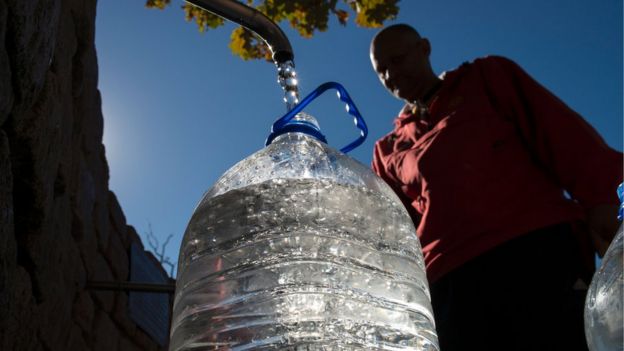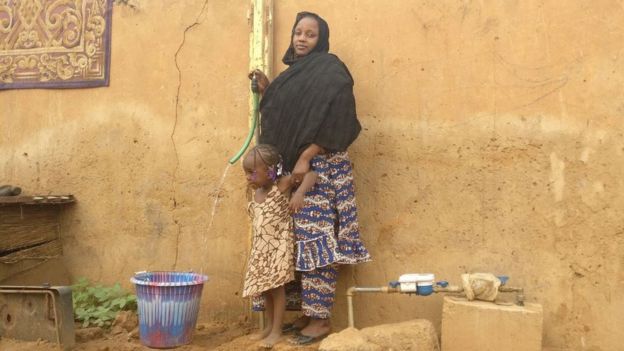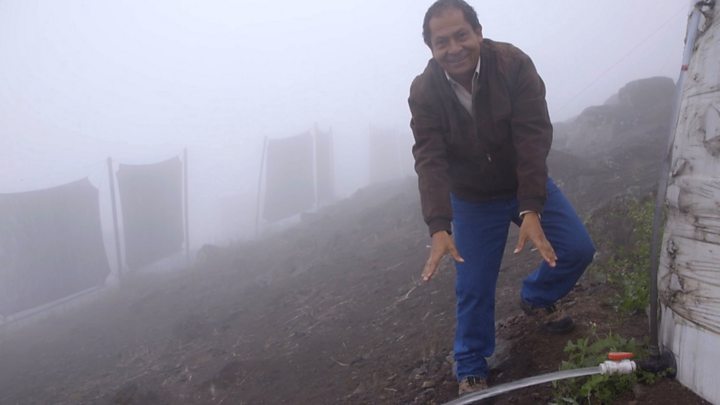Minister of Transport and Communications, Mr Kitso Mokaila says there is need for the ministry to look into moving freight off the road to air and rail transport to ease movement on the roads.
Mr Mokaila said this recently when presenting the transport sector roadmap during the first session of the five day transport sector retreat in Palapye recently.
“The statistics of the SADC freight for example, reflects that 80 per cent is being transported by road. We need to ease such road usage in order to make our roads last longer and have less accidents in keeping up with the target 2020 of reducing fatalities,” he said.
He said considering that the ministry was tasked with ICT and transportation responsibilities, they must strategically look at how they could use ICT to get people off the roads.
“We are gearing towards working with the Department of Roads and Transport Services (DRTS) to develop a taxi system that works for the economy. There is need to facilitate for taxis to get passengers to their destinations without hassles through the use of ICT,” he said.
Mr Mokaila said their responsibilities as a ministry included ensuring the safety of the people and making sure that they reached their destination on time hence the need to build a sound road transport system.
“We have to get out of our comfort zone and introduce something different in the public transport system,” stated Mr Mokaila.
Based on the developments being introduced by the Ministry of Land Management Water and Sanitation Services, Minister Mokaila said there was need for his ministry to see what they could change to ensure ease of transportation from high concentration areas such as bus ranks and airports.
“With regard to financial prudence and the usage of funds, we have the road fund which collects around P1.6 billion annually. This fund can assist in the maintenance and development of roads, but it has been used as a sludge fund in over-paying contractors, for work they could not perform,” he said.
He said the Ministry was now going to be ruthless in monitoring, so that projects were delivered on time and within budget to enable the fund to cater for developments.
He urged the team to be fearless in performing their duties.
“Do what you have to do in the public interest at all times, regardless of who you know. You should habour zero fear in telling me 100 per cent of the truth,” he said.
The ministry’s permanent secretary, Mr Kabelo Ebineng said the objective of the workshop was to introspect, re-focus and align ministry priorities.
“As we reflect before mapping our way forward, we shall look at those aspects that have been previously analysed, conclusions reached and found to be beneficial, but have not been implemented, quicken the pace and make sure that it happens,” he said.
Source : Thuso Kgakatsi, BOPA, Allafrica.com















